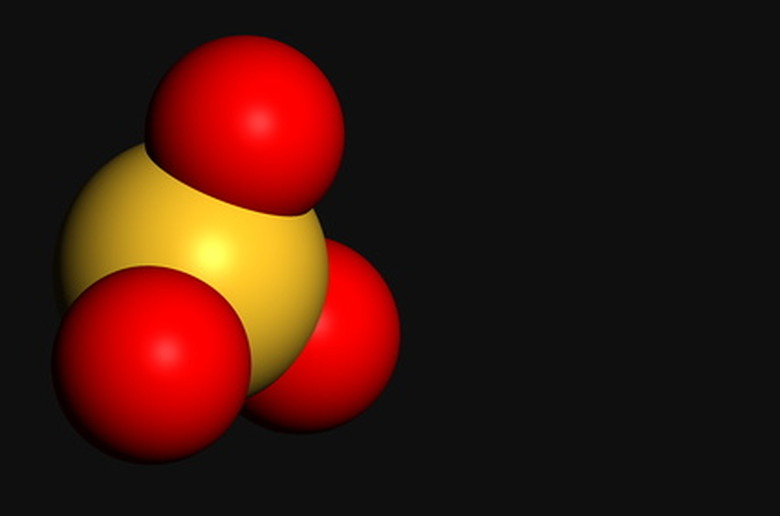How To Calculate Molecular Size
Molecular size is a measure of the area a molecule occupies in three-dimensional space. The amount of space any mass takes up in three-dimensional space is known specifically as its volume. Using algebra and the density formula discovered by Archimedes of Syracuse, one can determine the molecular size of a molecule for any given mass of molecular substance.
Step 1
Let density equal mass over volume. (p (Greek letter rho) = m / v)
Step 2
Plug in the molecular values for the density equation.
Step 3
Multiple both sides of the equation by v over 1. This removes the fraction and results in the equation v x p = m.
Step 4
Divide both sides by p (rho). (vp= m is equal to v = m / p). The resulting value for v is the volume or three-dimensional size of the molecule.
Cite This Article
MLA
Dockery, Gabriel. "How To Calculate Molecular Size" sciencing.com, https://www.sciencing.com/calculate-molecular-size-6641003/. 24 April 2017.
APA
Dockery, Gabriel. (2017, April 24). How To Calculate Molecular Size. sciencing.com. Retrieved from https://www.sciencing.com/calculate-molecular-size-6641003/
Chicago
Dockery, Gabriel. How To Calculate Molecular Size last modified August 30, 2022. https://www.sciencing.com/calculate-molecular-size-6641003/
